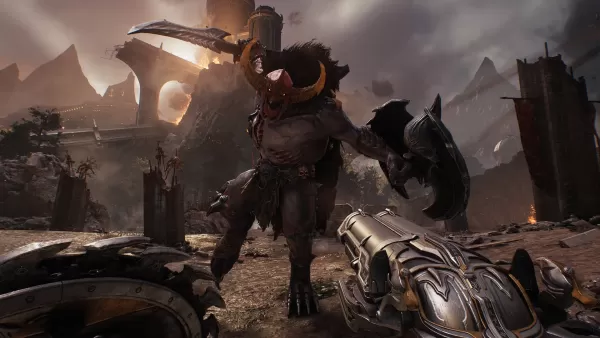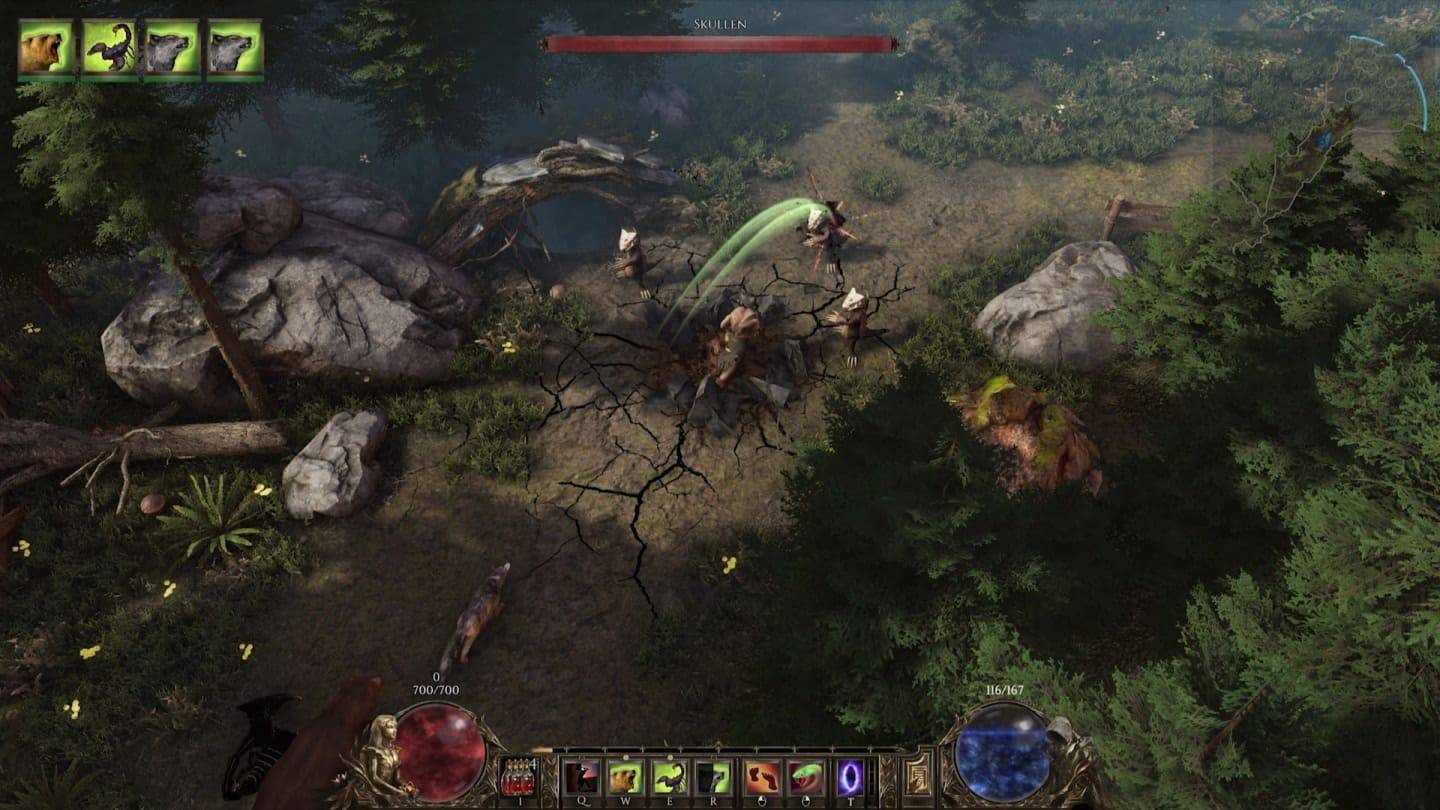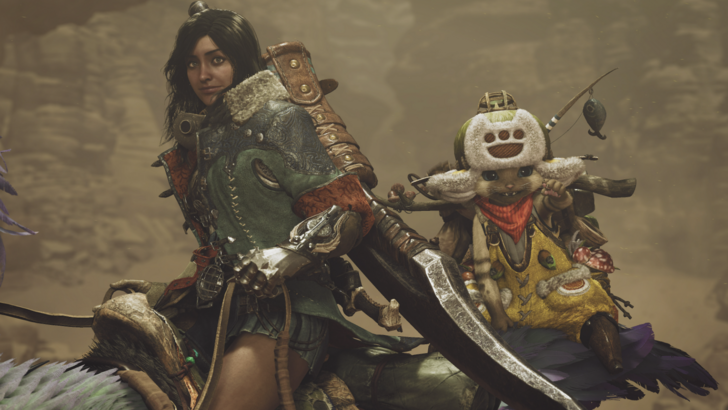When director Hugo Martin unveiled that the guiding principle for Doom: The Dark Ages was "stand and fight" during Xbox's Developer Direct earlier this year, my interest was immediately piqued. This approach starkly contrasts with Doom Eternal, a game defined by its fast-paced, constantly moving combat. Yet, Doom Eternal introduced one enemy that echoed this new mantra: the Marauder. This enemy, perhaps the most debated in the Doom series, is despised by many but adored by me. The realization that Doom: The Dark Ages combat hinges on reacting to bright green lights—the same cue critical for defeating the Marauder—sealed my enthusiasm for the game.
Rest assured, The Dark Ages doesn't confine you to a frustrating duel like Eternal's Marauder. While it features the Agaddon Hunter, a formidable foe shielded by bulletproof armor and capable of deadly combo attacks, the essence of Eternal's challenging encounters has been woven into the fabric of every enemy in The Dark Ages. The game's combat system has been thoughtfully redesigned, ensuring that every fight captures the strategic essence of a Marauder encounter without the same level of frustration.
The Marauder stands out in Doom Eternal for compelling players to shift their typical combat strategy. Unlike the usual frenetic pace where players dart around arenas, managing hordes with speed and precision, the Marauder demands undivided attention, often in one-on-one scenarios. When it appears amidst larger battles, the best approach is to dodge its attacks, clear surrounding enemies, and then engage directly.
 Doom Eternal's Marauder is one of the most controversial enemies in FPS history. | Image credit: id Software / Bethesda
Doom Eternal's Marauder is one of the most controversial enemies in FPS history. | Image credit: id Software / Bethesda
This doesn't mean standing still; it's about mastering the battlefield through strategic positioning. Getting too close results in a deadly shotgun blast, while staying too far invites a barrage of projectiles. The key moment to strike is during the Marauder's axe swing, signaled by his eyes flashing bright green. This brief window is when he's vulnerable, and your shot must be precise.
Doom: The Dark Ages also utilizes the bright green light as a crucial combat element. In a tribute to the original Doom, demons unleash volleys of projectiles, among which are green missiles that can be parried using the Doom Slayer's new shield, sending them back at the attacker. Initially a defensive maneuver, the parry evolves into a potent offensive tool once you unlock the shield's rune system, allowing you to stun enemies or trigger an auto-targeting cannon.
Navigating The Dark Ages' battlefields involves engaging in focused one-vs-one skirmishes against a variety of formidable demons. While survival isn't solely dependent on these green lights, mastering the parry system significantly enhances your combat prowess. Positioning and timing become crucial as you maneuver to intercept green projectiles, much like dodging the Marauder's axe swing.
A common critique of the Marauder was its disruption of Doom Eternal's flow, forcing players to abandon their learned strategies. I, however, cherish this disruption; it's like switching from ballet to breakdancing in a game that already defied first-person shooter conventions. Doom Eternal challenged players to rethink resource management, weapon choices, and engagement tactics, and the Marauder pushed this even further. While I appreciate this challenge, I understand the frustrations it caused for others.
 Though the Agaddon Hunter mirrors the Marauder in The Dark Ages, every demon incorporates elements of Eternal's most daunting adversary. | Image credit: id Software / Bethesda
Though the Agaddon Hunter mirrors the Marauder in The Dark Ages, every demon incorporates elements of Eternal's most daunting adversary. | Image credit: id Software / Bethesda
Doom: The Dark Ages addresses this issue by integrating various "dances" into its combat choreography. Each major enemy type has its unique green projectile or melee attack, requiring different strategies. For instance, the Mancubus fires energy "fences" with green "pillars" you must weave through to parry, while the Vagary sends out volleys of spheres you must sprint to deflect. The skeletal Revenant closely resembles the Marauder, remaining invulnerable until you deflect its green skulls.
This diversity in enemy attacks ensures that introducing new foes doesn't feel jarring. The Agaddon Hunter and Komodo may present a steep difficulty curve due to their intense melee attacks, but by then, players are adept at adapting their movement and reactions. This wasn't the case with the Marauder in Eternal, which demanded a different approach than the game's established rules.
The Marauder's design was never flawed; rather, it was its unexpected rule-breaking that caught players off guard. Doom: The Dark Ages prepares players for this by making reaction-based combat a core element throughout, rather than a mid-game surprise. While this approach makes the challenge less intense—the parry window is more forgiving than the Marauder's eye flash—the essence of timing and strategic engagement remains. Doom: The Dark Ages may reinterpret these concepts, but they are unmistakably present. In every battle, you stand and fight.

 Latest Downloads
Latest Downloads
 Downlaod
Downlaod




 Top News
Top News









